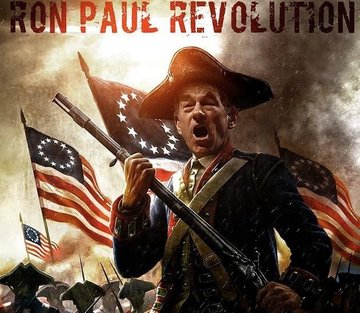IQ Test for Five Year Olds - Gold and Silver: Hidden Secrets Of Money
Primary tabs
Which one of these is not like the other? Jim Rickards poses the question to Ivy League professors and 5 year olds, and the results are astounding. Learn more about gold, silver, and free market money in a new series: Gold & Silver: Hidden Secrets Of Money. Learn more here. Jim Rickards is an economist, geopolitical analyst, and author of "Currency Wars: the Making of the Next Global Crisis."
video source from whygoldandsilver YouTube channel
(see video at the bottom of transcript)
transcript:
James G. Rickards:
The thing about money is that actually there is the fairly well accepted definition of what money is. The question is: as you apply that definition to particular things that are people claim to be money, do they fit the definition?
We'll just take the paper dollar for example, how well does it perform those functions? Well, store of value? The dollar has lost 95% of its purchasing power since the creation of the Federal Reserve in 1913. So, not very good as a store of value. One of the things I do just as the way to get the audience's attention is I have a slide and there are 3 pictures on the slide. One is a pile of monopoly money, the other is a pile of Federal Reserve notes, what Americans would call the paper money, and the other one is a solid gold American Eagle 1 oz. coin. And the title of this slide is: "Which of these is not like the other?" And if you know the show of Sesame Street or you have children who watch it, it's one of the favorites in Sesame Street, and what it really is is a kind of IQ test for five year olds. They're supposed to look at the 3 things and look at characteristics and find the one that's not like the other.
I've shown this slide to hoops of Ivy League professors, and I've also shown it to children, five year olds, my nieces and nephews and so forth. And when the professors look at it they say: well clearly the dollars are not like the others. Because the gold has no role as money, monopoly money is junk, and the American dollar is a store of value, so that's not like the other.
Then the children looked at it and they say well the gold coin is not like the others, because the other two are just piles of paper, and the gold coin is clearly something different. So my question to the audience is who's smarter: a five year old or an Ivy League professor?

